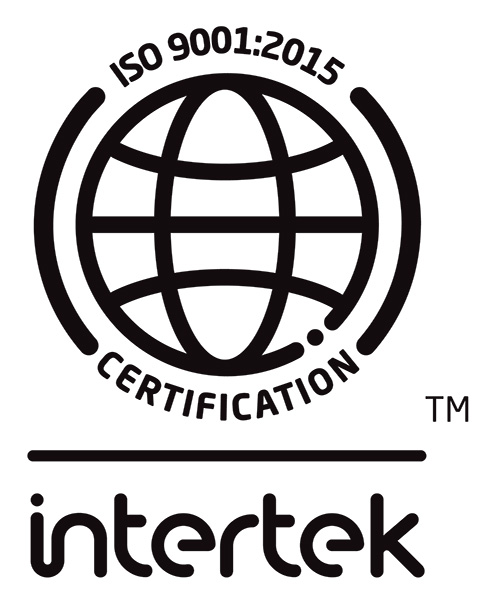Since the primary chromogenic agar testing was started, we have data for 1046 samples that met the criteria for forwarding to the referral laboratory; in 97% of those samples the presumptive identification was confirmed as correct by the referral laboratory. A number of Citrobacter isolates were not identified; these isolates appear as various shades of purple or bluish colour and are not thus clearly separated by the chromogen. There were also a small number of enterococci and group B streptococci that were misidentified early in the change of protocol (similar teal blue color). Better use of grouping sera, and a new source of PYR reagent has now resolved that issue. The most recent three – four month correct presumptive identification rate was 100%. The laboratory continues to monitor culture confirmation to ensure that high rates of correct presumptive identifications are being achieved.
We have reviewed data for the total number of urine cultures tested for which we have reliable data from prior to the end of 2014 to the end of 2017. During this period the annual number of urines collected has dropped from approximately 2300 to 1400 samples (a reduction of almost 40%). In the same period the percentage of isolates referred for confirmation has increased from 27% to 44%. These data support a positive change in practice in the local community. Urine samples are being submitted on patients who have significant infections, and by extrapolation, better urine collection practices are reducing the number of mixed or no growth cultures.
We have investigated the impact on select antimicrobial agents dispensed in this regional area. Collated defined daily doses (DDD) for cefixime, ciprofloxacin, nitrofurantoin, co-trimoxazole and trimethoprim were normalized by 100 inpatient days (rural hospital) to account for occupancy fluctuation. On the inpatient unit at the acute care hospital in 2013 and 2014, there were 13.5 and 11.7 DDD/100 inpatient days dispensed respectively. In 2015 that number decreased to 7.5 DDD/100 inpatient days, and to 7.0 and 6.2 DDD/100 inpatient days dispensed in 2016 and 2017 respectively.
In summary, our continuing observations clearly show that providing physicians with early and local culture results for urines, with antibiogram information, and inclusion of physicians in the process, has a positive effect on the reduction of unnecessary urine cultures. Patients with urinary tract infections are better identified early, and there has been an important and similar overall reduction in directed antimicrobials used for treatment of those patients.
Acknowledgements.
The continued testing of urine cultures in the rural hospital was made possible only by the efforts of the late Cindy Mulherin, Senior Administrator, Covenant Health. Her understanding of quality and patient care was exemplary. We also wish to thank the laboratory technologists at St. Joseph’s Hospital, Vegreville, Alberta, who performed these investigations.
References.
- Rennie RP, Turnbull L, Fuller J, Tyrrell G, Bennett T, Dyrland D. 2012. Real-time evaluation of Uriswab vs. a dip-slide method for enumeration of urinary pathogens in outpatient settings. Abstract P1754 – 22nd European Conference on Clinical Microbiology and Infectious Diseases. London UK.
- Starplex Information for Use. 2014. Dip – N- Count. Dip slide method for the detection of urinary tract infection Starplex Scientific Inc. Etobicoke, Ontario.
- Mc Carter, YS, Burd EM, Hall GS, and Zervos M. 2009. Laboratory Diagnosis of urinary tract infections. Cumitech 2C. ASM Press, American Society for Microbiology. Washington, D.C.




